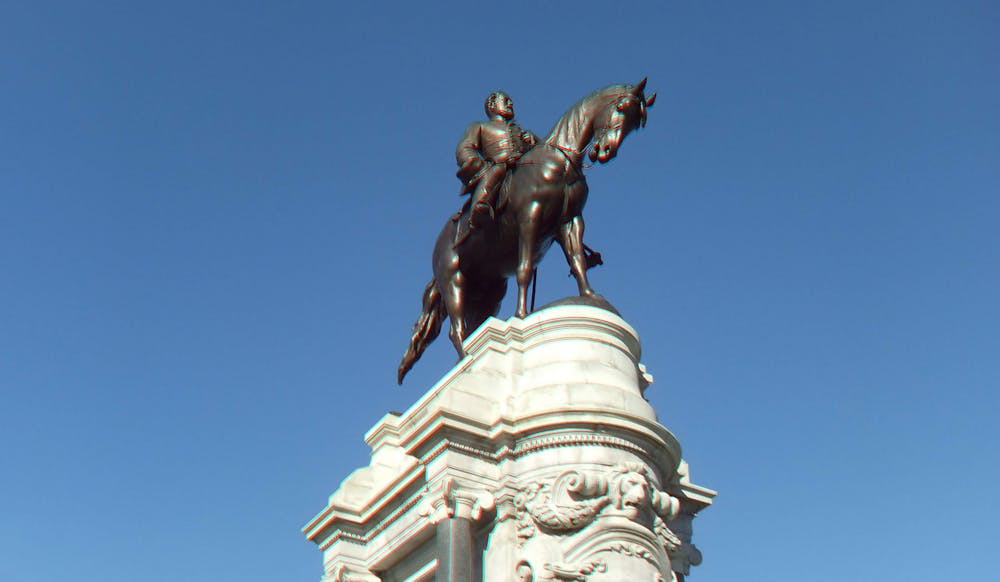Mike Sherr
International Editor
Cheers broke out as workers removed a statue of Robert E. Lee in Richmond, Virginia on the morning of Sept. 8. This comes after years of fighting by Democratic Governor Ralph Northam to remove six statues celebrating key Confederate figures on a main road in the state capitol.
After the city of Charlottesville, Virginia announced it would be removing some Confederate monuments in 2017, various white nationalist groups started a protest which soon turned violent as counter-protesters began to group together.
Soon after the violent clash, many southern cities started to explore options to remove their own Confederate monuments. This anti-Confederate monument sentiment reached a peak in the summer of 2020, after the murder of George Floyd when protesters toppled statues in Richmond including one of Confederate President Jefferson Davis.
Richmond took matters into its own hand in July 2020, as The New York Times reported, and started to remove Confederate statues all across the city. Northam ordered the Lee statue to be removed but instantly faced multiple lawsuits, citing an agreement made in 1887 to maintain the statue when it was transferred to the state.
On Sept. 2, 2021, the Virginia Supreme Court ruled that the statue must come down per Northam’s orders. The justices wrote in their opinion that the agreement is “unenforceable” as it attempts to construct the government's ability to change policy and its message.
Reaction to the statue’s removal has been relatively one-sided. Christy Coleman, executive director of the Jamestown-Yorktown Foundation and former president of the American Civil War Museum told AP that she saw the removal as a historical moment in Richmond’s struggle with how to tell its history. She said that it is perfectly normal for communities to “question who and what they are, what they value and how they want those values to be reflected, not only in the landscape but in its laws.”
Sabrina Tavernise of The New York Times believes that Richmond has changed since the monument debate began, with many in the conservative city agreeing that the Lee statue should have been taken down. One moderate Democrat in Richmond told Tavernise that he “evolved” and that he no longer believes that the city could keep the statues and “just add new ones to show the true history.”
Cory Widmer, a pastor of a largely conservative church in Richmond, also told The New York Times that he and other pastors in the city have been trying to help white Christians “see Black Americans’ perspectives” and “reckon with [their] own responsibility.”
Events like the one in Charlottesville and the murder of George Floyd have opened the conversation about US history to examine how Americans celebrate their past. The conversation about these Confederate monuments specifically will continue as Southern communities reckon with their history of slavery and the Civil War. While it is unclear if more monuments will come down, it is clear that the removal of the Robert E. Lee statue is a step in that direction.







